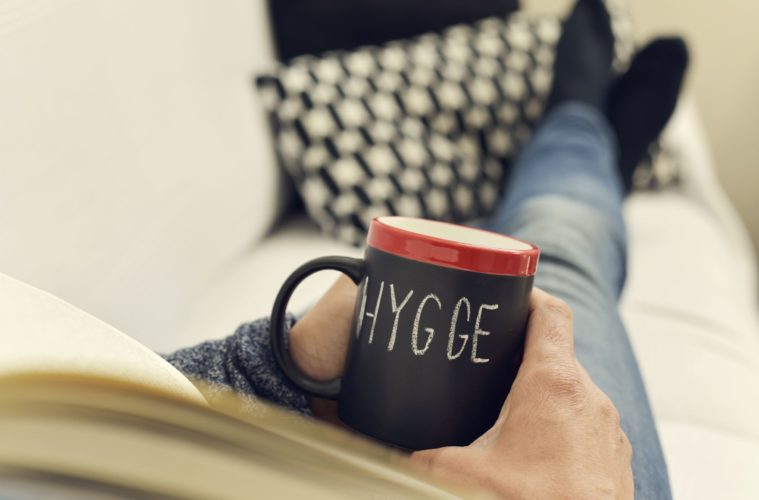You may not have heard of it, but it is highly likely you will understand what it is. Hygge (pronounced Hoo-Gah) is a Danish word which has no equivalent in English. It describes a feeling of cosy contentment and a lot more. It is something the Danish people seek out but also say it cannot be bought or created artificially.
More about hygge
The best way to describe the feeling is, for many people, using Christmas as an example. That feeling many people get when its cold outside, gifts, lovely food and great company are inside, and you feel safe and happy. It is a feeling of contentment but also about being in the moment and being able to appreciate who you are with and where you are.
Can You Buy Hygge?
Well despite the fact that many Danish people say you can’t there are certainly a few things that could help create the right feeling. The key is that these things will vary from home to home and person to person so hygge is personal but just because it’s personal doesn’t mean you can’t help create it for yourself.
Things like getting a wood burning stove installed would certainly help get that hygge feeling for a lot of people. Fire is a key factor when hygge is discussed and real fires are very common across Scandinavia. The type of home can certainly affect hygge too. Though this is not to say you can’t hygge anywhere it is just some people may get it more if they have a cosy cottage rather than an austere city apartment. Items like rugs, blankets, candles, and many other things can all go to create hygge. In some cases things like designer dining chairs, handmade sofas and more can work too but it is not always really the point. However that are not essential and do not define the feeling, they just might help some people achieve it.

Hygge Alone or With Friends
One of the key aspects of hygge is that it can be felt alone or with others. It is the acceptance and realisation of the things around you and the ability to find joy in the moment. You can hygge at a party with the right people, feeling the friend ship and warmth it brings to you. But equally a good book on a rainy day can mean you are deep in the hygge.
The Science of hygge
Sadly, there is a great deal of research into this kind of thing. Neuroscience is a broad church and much of it deals with how the brain responds to stimuli and how it works when we feel different things. There is a lot of research about more extreme feelings but hygge is simply not that kind of feeling. By its very nature it is subtle and perhaps just a little out of reach sometimes which makes it all the more valuable when it is reached. Science does however tell us that we focus on negative feelings more than positive ones. It seems our brains tend to hold on to negative experiences like Velcro but positive ones wash away like Teflon. This may well be because in terms of evolution a negative experience may be worth remembering….it could save your life. While a positive experience can be something people can live without. You wouldn’t want to forget that fire burns but forgetting how it feels to laugh with friends is perhaps not so important in terms of survival. It is because of this the desire to hygge is perhaps so important. But creating space and time to hygge you are upping the amount of positive experiences and because they fall away so easily it is critical to keep them topped up. This may be why the Danes are so happy; they actively pursue being happy rather than just letting it happen or moaning when it doesn’t…like the rest of us.
Is It All A Fuss About Nothing?
Well, it is certainly a buzz word and has been for a while. For a lot of people the whole concept probably sounds like rubbish but that doesn’t mean it is. Hygge is hygge whether it has a name or not. The feeling is hopefully something everyone has experience and it really doesn’t matter what anyone calls it. But it is certainly not meaningless and a little bit of time set aside to at least consider the feeling could do a lot of people a lot of good.

